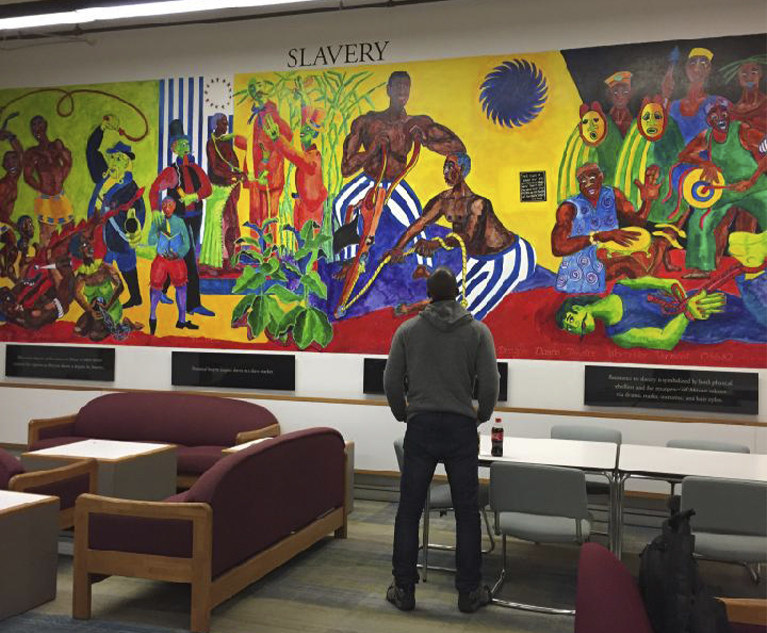Kerson v. Vermont Law School, 79 F.4th 257 (2d Cir. 2023), “presents weighty concerns that pin an artist’s moral right to maintain the integrity of an artwork against a private entity’s control over the art in its possession.” The term “moral rights” has its origins in the civil law, and is a translation of the French droit moral, which affords protection for an author’s personal, non-economic interests in receiving attribution for his or her work, and in preserving the work in the form in which it was created, even after its sale or licensing. Moral rights are of relatively recent vintage in American law, having arrived in 1988, when the United States after a century-long delay ratified the Berne Convention, which provides that:
Independently of the author’s economic rights, and even after the transfer of the said rights, the author shall have the right to claim authorship of the work and to object to any distortion, mutilation or other modification of, or other derogatory action in relation to, the said work, which would be prejudicial to his [sic] honor or reputation.
Berne Convention for the Protection of Literary and Artistic Works, art. 6bis, Sept. 9, 1886, as revised at Paris on July 24, 1971. The Berne Convention is not self-executing; Congress must enact laws to implement it, and in order to bring the United States into compliance Congress passed the Visual Artists Rights Act of 1990 (VARA), which established a limited scheme of moral rights for authors of “works of visual art.”


 Murals by Sam Kerson commemorating Vermont’s role in the Underground Railroad on display at Vermont Law School. Photo Courtesy of Court Documents.
Murals by Sam Kerson commemorating Vermont’s role in the Underground Railroad on display at Vermont Law School. Photo Courtesy of Court Documents.




